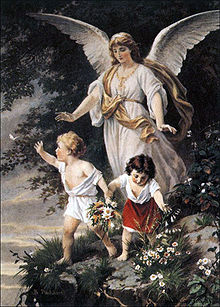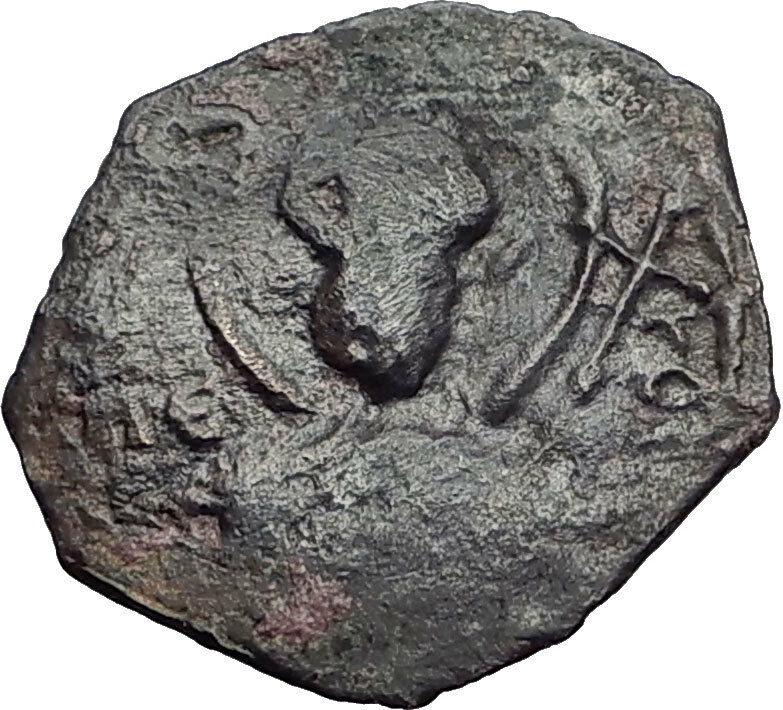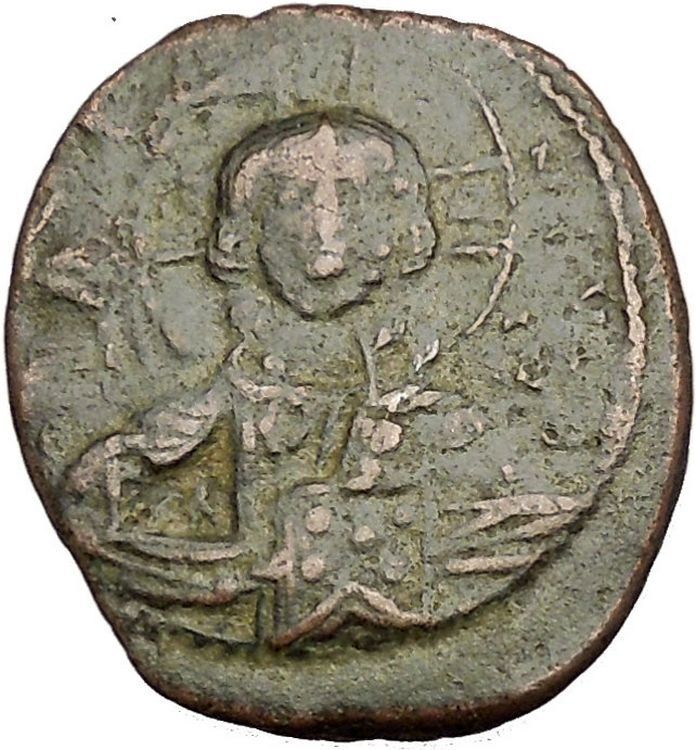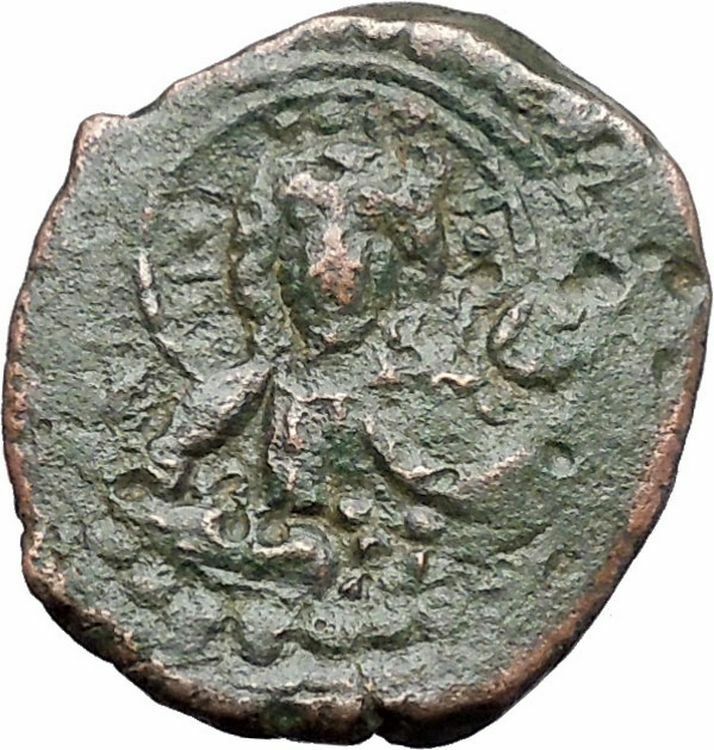|
Byzantine Empire
Justin I – Emperor: July 10, 518 A.D. – August 1, 527 A.D.
Bronze Follis 30mm (15.4 grams) Constantinople mint: 518-527 A.D.
Reference: Sear 62
D . N . IVSTINVS PP . AVG . – Diademed draped and cuirassed bust right.
Large M between two stars; above, cross; beneath, officina letter, in exergue, CON.
You are bidding on the exact item pictured, provided with a Certificate of Authenticity and Lifetime Guarantee of Authenticity.
 In ancient Roman religion, Victoria or Victory was the personified goddess of victory. She is the Roman equivalent of the Greek goddess Nike, and was associated with Bellona. She was adapted from the Sabine agricultural goddess Vacuna and had a temple on the Palatine Hill. The goddess Vica Pota was also sometimes identified with Victoria. In ancient Roman religion, Victoria or Victory was the personified goddess of victory. She is the Roman equivalent of the Greek goddess Nike, and was associated with Bellona. She was adapted from the Sabine agricultural goddess Vacuna and had a temple on the Palatine Hill. The goddess Vica Pota was also sometimes identified with Victoria.
Unlike the Greek Nike, the goddess Victoria (Latin for “victory”) was a major part of Roman society. Multiple temples were erected in her honor. When her statue was removed in 382 CE by Emperor Gratianus there was much anger in Rome. She was normally worshiped by triumphant generals returning from war.
Also unlike the Greek Nike, who was known for success in athletic games such as chariot races, Victoria was a symbol of victory over death and determined who would be successful during war.
Victoria appears widely on Roman coins, jewelry, architecture, and other arts. She is often seen with or in a chariot, as in the late 18th-century sculpture representing Victory in a quadriga on the Brandenburg Gate in Berlin, Germany; “Il Vittoriano” in Rome has two.
Winged figures, very often in pairs, representing victory and referred to as “victories”, were common in Roman official iconography, typically hovering high in a composition, and often filling spaces in spandrels or other gaps in architecture. These represent the spirit of victory rather than the goddess herself. They continued to appear after Christianization of the Empire, and slowly mutated into Christian angels.
 The symbolism of angels has been adopted from the ancient Roman goddess of victory by the early Christians. The goddess transformed into what is known by the Christians as angels via the Christianization of the Roman empire. This is evidenced by many coins still depicting victory, yet of the time period where Christianity was already the official religion of the Roman empire. She appears along with symbols such as a Christogram (also known as a Chi-Rho which is a monogram of Jesus Christ), Staurogram, and the cross, attributing to it’s Christian symbolism. The symbolism of angels has been adopted from the ancient Roman goddess of victory by the early Christians. The goddess transformed into what is known by the Christians as angels via the Christianization of the Roman empire. This is evidenced by many coins still depicting victory, yet of the time period where Christianity was already the official religion of the Roman empire. She appears along with symbols such as a Christogram (also known as a Chi-Rho which is a monogram of Jesus Christ), Staurogram, and the cross, attributing to it’s Christian symbolism.
An angel is a purely spiritual being found in various religions and mythologies. In Abrahamic religions and Zoroastrianism, angels are often depicted as benevolent celestial beings who act as intermediaries between God or Heaven and Earth, or as guardian spirits or a guiding influence. Other roles of angels include protecting and guiding human beings, and carrying out God’s tasks. The term “angel” has also been diversified to various notions of spirits or figures found in many other religious traditions. The theological study of angels is known as “angelology”. In art, angels are often depicted with bird-like wings on their back, a halo, robes and various forms of glowing light.
Justin I (Latin: Flavius Iustinus Augustus, Ancient Greek: Ἰουστίνος; 2 February 450 – 1 August 527) was Eastern Roman Emperor from 518 to 527. He rose through the ranks of the army and ultimately became Emperor, in spite of the fact he was illiterate and almost 70 years old at the time of accession. His reign is significant for the founding of the Justinian Dynasty that included his eminent nephew Justinian I and for the enactment of laws that de-emphasized the influence of the old Roman nobility. His consort was Empress Euphemia.
Early career
Justin was a peasant and a swineherd by occupation from the region of Dardania, which is part of the Prefecture of Illyricum. He was born in a hamlet Bederiana near Scupi (modern Skopje, Macedonia). He was of Thraco-Roman or Illyro-Roman stock, spoke only rudimentary Greek, and bore, like his companions and members of his family (Zimarchus, Dityvistus, Boraides, Bigleniza, Sabbatius, etc.), a Thracian name, Istok. His sister Vigilantia (b. ca 455) married Sabbatius and had two children: Petrus Sabbatius Justinianus (b. 483) and Vigilantia (b. ca 490), married to Dulcissimus and had Praejecta (b. ca 520), married to the senator Areobindus and Justin II (b. ca 520).
As a teenager, he and two companions fled from a barbaric invasion, taking refuge in Constantinople possessing nothing more than the ragged clothes on their backs and a sack of bread between them. Justin soon joined the army and, because of his ability, rose through the ranks to become a general under the Emperor Anastasius I; by the time of Anastasius’ death in 518, he held the influential position of comes excubitorum, commander of the palace guard.
Emperor
Thanks to his position commanding the only troops in the city and making gifts of money, Justin was able to secure election as emperor in 518.
A career soldier with little knowledge of statecraft, Justin wisely surrounded himself with trusted advisors. The most prominent of these, of course, was his nephew Flavius Petrus Sabbatius, whom he adopted as his son and invested with the name Iustinianus (Justinian).
Justin’s reign is noteworthy for the resolution of the Acacian Schism between the eastern and western branches of the Christian church. Justin endorsed Rome’s view on the question of the dual nature of Christ and the more general principle of Roman supremacy. This temporary eastern deferral to the western church did not endure.
Relying upon the accounts of the historian Procopius, it often has been said that Justinian ruled the Empire in his uncle’s name during the reign of Justin; however, there is much evidence to the contrary. The information from the Secret History of Procopius was published posthumously. Critics of Procopius (whose work reveals a man seriously disillusioned with his rulers) have dismissed his work as a severely biased source, being vitriolic and pornographic, but without other sources, critics have been unable to discredit some of the assertions in the publication. However, contrary to the Secret History, Justinian was not named as successor until less than a year before Justin’s death and he spent 3,700 pounds of gold during a celebration in 520.
In 525, Justin repealed a law that effectively prohibited a member of the senatorial class from marrying women from a lower class of society, including the theatre, which was considered scandalous at the time. This edict paved the way for Justinian to marry Theodora, a former mime actress, and eventually resulted in a major change to the old class distinctions at the Imperial court. She became an equal to Justinian, participating in the governance with significant influence.
Later years
The latter years of the reign of Justin were marked by strife among the Empire, the Ostrogoths, and the Persians. In 526, Antioch was destroyed by an earthquake, Justin’s health began to decline and he formally named Justinian as co-emperor and, on 1 April 527 as his successor. On 1 August of that year, Justin died and was succeeded by Justinian.
|





 In ancient Roman religion, Victoria or Victory was the personified goddess of victory. She is the Roman equivalent of the Greek goddess Nike, and was associated with Bellona. She was adapted from the Sabine agricultural goddess Vacuna and had a temple on the Palatine Hill. The goddess Vica Pota was also sometimes identified with Victoria.
In ancient Roman religion, Victoria or Victory was the personified goddess of victory. She is the Roman equivalent of the Greek goddess Nike, and was associated with Bellona. She was adapted from the Sabine agricultural goddess Vacuna and had a temple on the Palatine Hill. The goddess Vica Pota was also sometimes identified with Victoria. The symbolism of angels has been adopted from the ancient Roman goddess of victory by the early Christians. The goddess transformed into what is known by the Christians as angels via the Christianization of the Roman empire. This is evidenced by many coins still depicting victory, yet of the time period where Christianity was already the official religion of the Roman empire. She appears along with symbols such as a Christogram (also known as a Chi-Rho which is a monogram of Jesus Christ), Staurogram, and the cross, attributing to it’s Christian symbolism.
The symbolism of angels has been adopted from the ancient Roman goddess of victory by the early Christians. The goddess transformed into what is known by the Christians as angels via the Christianization of the Roman empire. This is evidenced by many coins still depicting victory, yet of the time period where Christianity was already the official religion of the Roman empire. She appears along with symbols such as a Christogram (also known as a Chi-Rho which is a monogram of Jesus Christ), Staurogram, and the cross, attributing to it’s Christian symbolism. 




